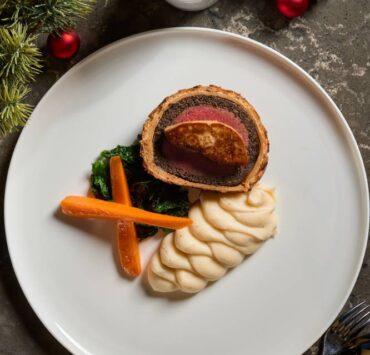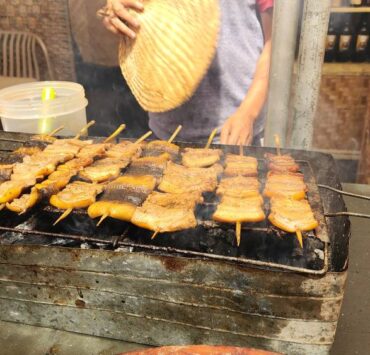In running a restaurant, food isn’t even half the battle
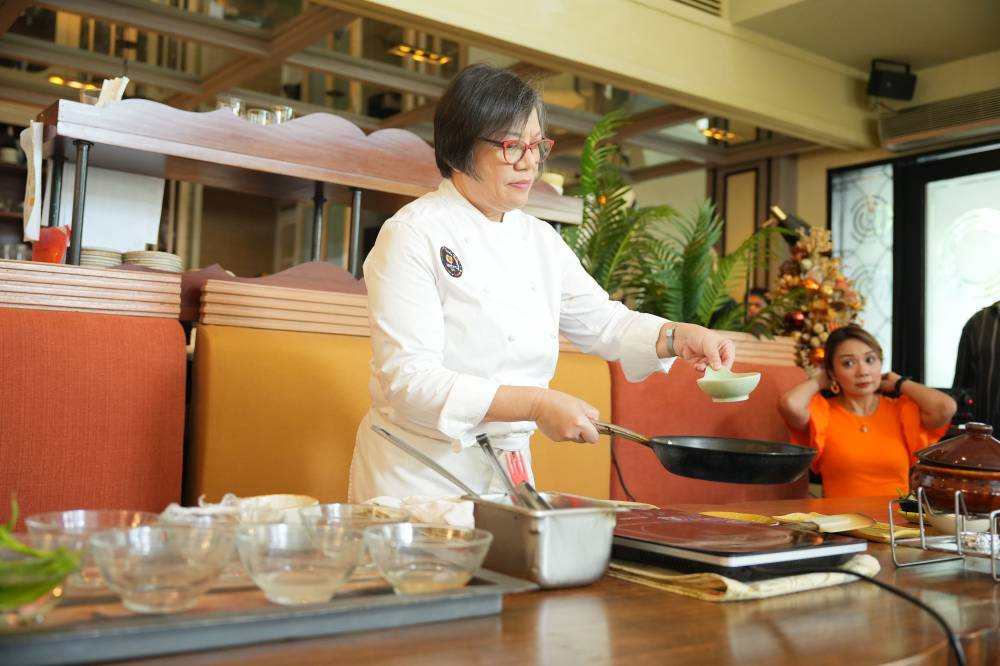
It’s a story Vicky-Rose Pacheco knows all too well.
Aspiring entrepreneurs, usually fresh retirees, decide to take their years’ worth of savings and make a stab at—of all possible options—the food business. They put up the restaurant or quaint little cafe of their dreams fueled by the simple belief that, if they serve good food, people will surely come.
If only it were as simple as that.
One day, an essential kitchen equipment conks out. Your supplier runs out of stocks. A staff member you had trained and invested in suddenly stops showing up. Before you know it, you’ve burned through your hard-earned money just a couple of months after opening.
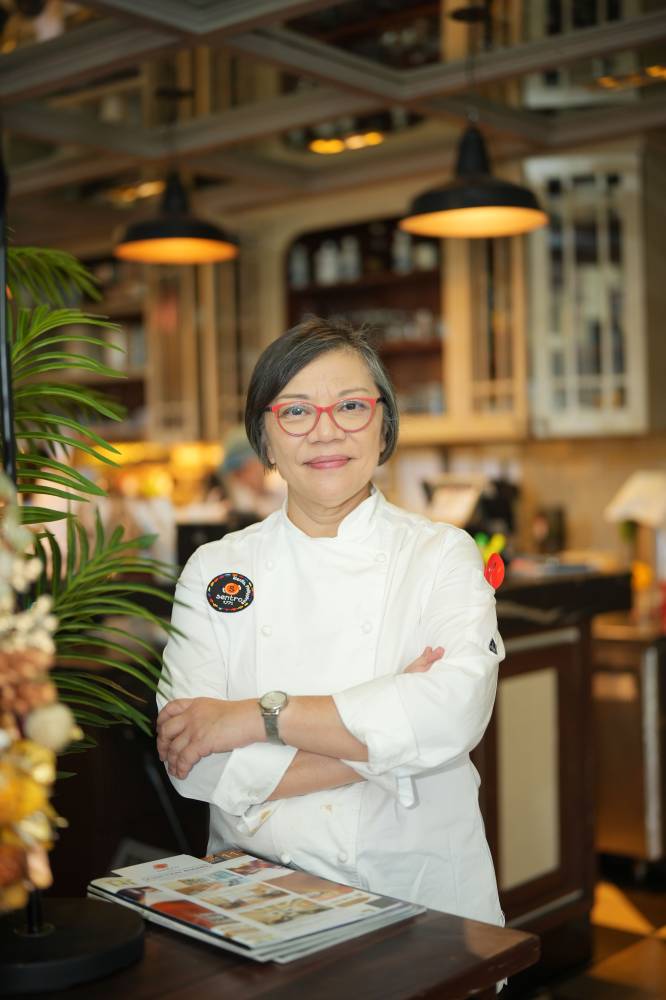
“I don’t know why people want to open a restaurant,” Pacheco wondered out loud in a recent chat with Lifestyle, shortly after a cooking demo of Sentro 1771’s signature dishes at the Filipino restaurant’s Capitol Commons branch.
“Diyos ko, if you have the money, don’t do it!”
Pacheco, the chief operating officer and executive chef of the 1771 Group of Restaurants, isn’t being a party pooper. It’s just that, so often, so many people readily give in to the allure of owning a restaurant without knowing what the process actually entails.
Food isn’t even half the battle. “It’s just a fifth, I would say. A big chunk of it is marketing and sales,” she said. The rest goes to kitchen management, training, and regulatory compliance. “Before you get, or renew, your permit, you have to have clearance from various offices—food safety, pollution control, etc. It’s a lot of things that aren’t related to food itself,” she pointed out.
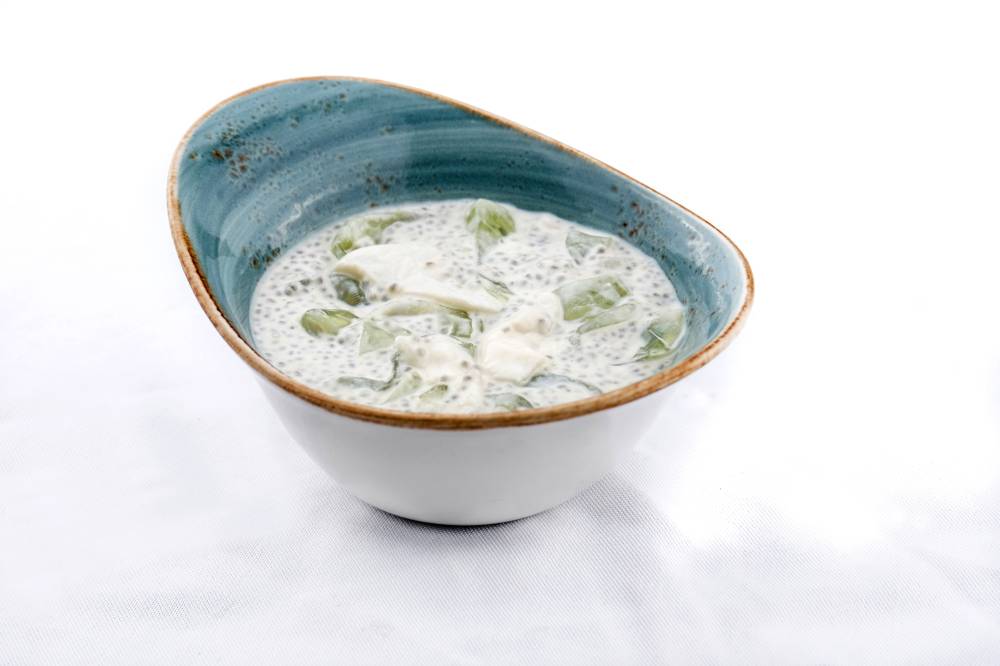
But if cooking and customer service are genuinely your passion, and you’re already dead set on putting up a business, then it’s important, Pacheco said, to have a “mission”—a well to draw inspiration from when the going gets tough.
For the chef, it all boils down to one thing: providing a dining experience that fosters “strong relationships” among people.
Sincere and excellent
“A restaurant business is just a vehicle for that. We eat out because we want to hang out with our friends, because we have relatives to entertain. We want to provide an environment for that. We don’t go out to fight each other,” she said, laughing.

And that kind of environment isn’t meant only for the customers, but for every single person that keeps the kitchen moving. “We have to do our jobs in a sincere and excellent way, because that will help push people to the next level … that will help them grow. And when people grow, they become better people and help society.
“That’s the goal. If you don’t have that, and you’re only after the money, you will get tired of it all,” pointed out Pacheco, who has been running the 1771 group together with chief executive officer Ricky Gutierrez, for the past 25 years.
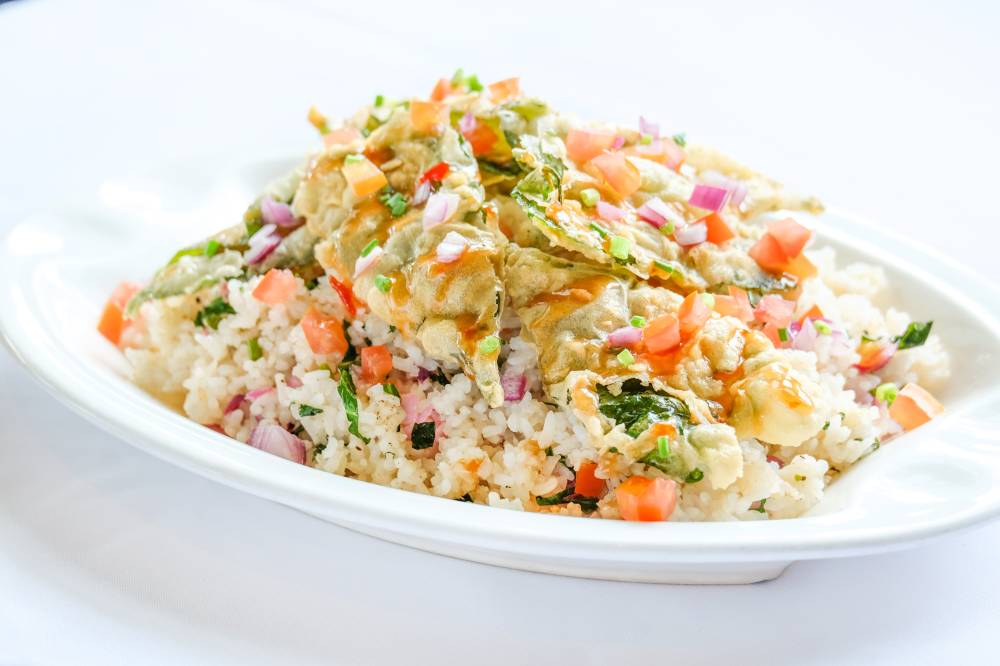
There’s also something to be said about adaptability and dealing with curveballs that could shake up operations. Case in point: the COVID-19 pandemic, which triggered a domino effect that ultimately altered the dining habits of Sentro 1771’s erstwhile regular customers.
“Their lifestyles have changed. More people are working from home, conducting meetings on Zoom. There are many vacant offices and empty buildings. So, business meetings at restaurants are fewer. People eat out only when there are special occasions, or when they have balikbayans to host,” Pacheco said.
And then there were seemingly small changes that weren’t so small in hindsight, like the Capitol Commons branch losing its parking space behind the building to make way for utility construction. “Some customers now have to park at the mall nearby. And when you’re already at the mall, feeling cool with the air conditioning, tatamarin ka na lumabas,” she said.
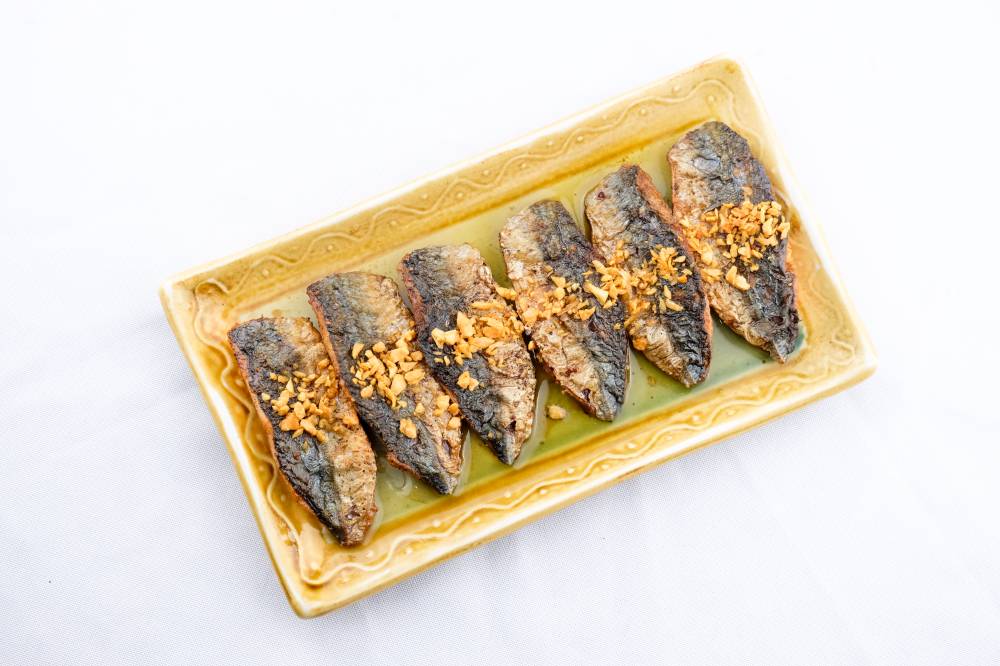
Such changes prompted Pacheco to tweak “the business model a little.” Now, there’s a concerted push to promote Sentro 1771 as an events place. For instance, the aforementioned branch’s layout has been reconfigured to accommodate a larger crowd. Now, the place can host 50 to 100 people, depending on the setup.
“People often look for a place that’s bright and spacious, and we have that. But there used to be a fixture in the middle that prevented us from being more flexible for different types of events. That was a turnoff to customers, so we had it removed,” she said.
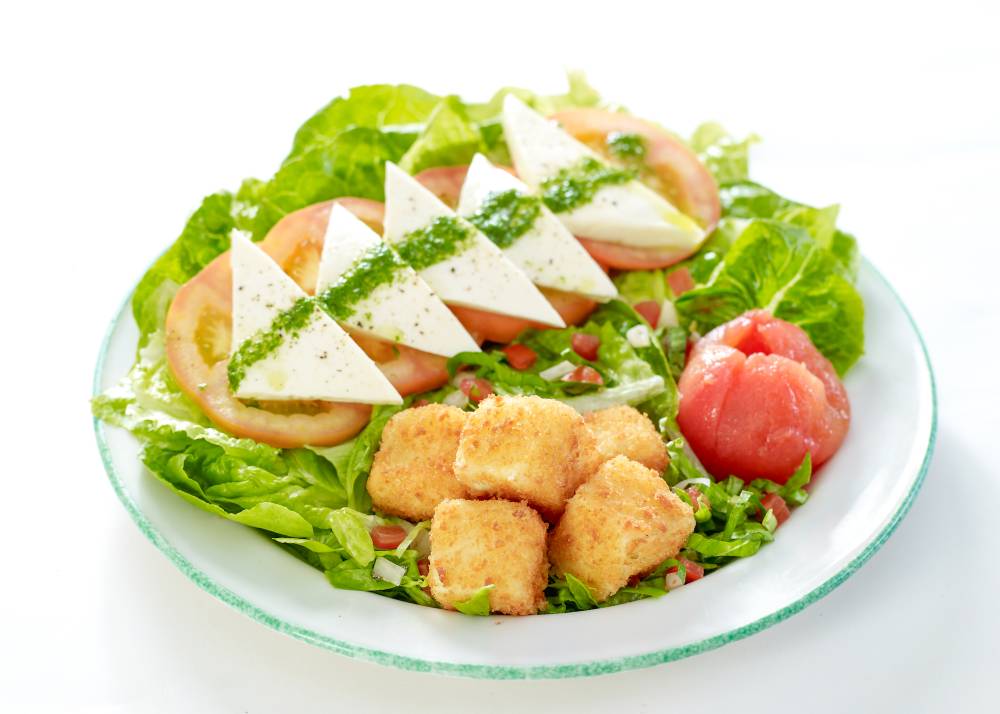
Well-appointed
Pacheco also spruced up the restaurant’s interiors, hanging paintings by the late visual artist Allan Cosio on its bare walls. “I want a well-appointed place. I want the ambience to include original artworks—I don’t want those printed things with photos of dishes,” said the chef, who’s as particular about the things she doesn’t like as she is about the things she likes.
But if there’s one thing that hasn’t changed, it’s the restaurant’s pièce de résistance. And when you say Sentro 1771, the first thing that comes to mind, of course, is its famous Corned Beef Sinigang.
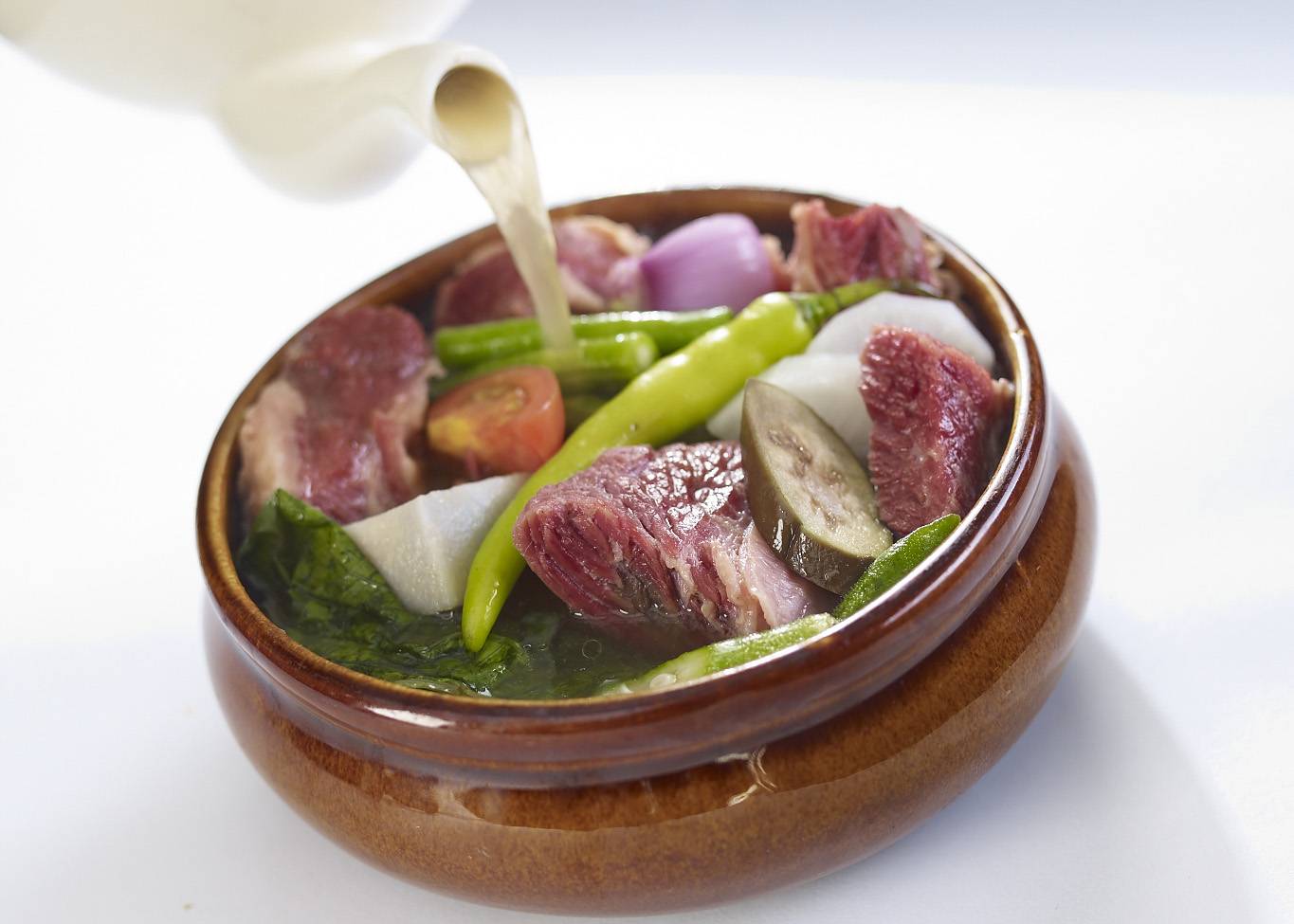
I can’t remember the last time I had the dish, but the bowl served during the lunch Pacheco hosted did taste like how I remembered it. The vegetables were crisp, served in reasonably sized cuts and portions, so as not to crowd the ceramic pot it was served in.
The soup doesn’t punch you in the face, but it was clean-tasting and sufficiently sour, enhancing—and not overpowering—the delicate umami flavors of the home-cured boneless beef shanks.
“The recipe is still the same. Only the cuts of meat have changed; I used to put buto-buto (ribs),” she said. “I think it has remained popular all these years because sinigang is a complete dish—it has soup, vegetables and meat. Buhay ka na!”
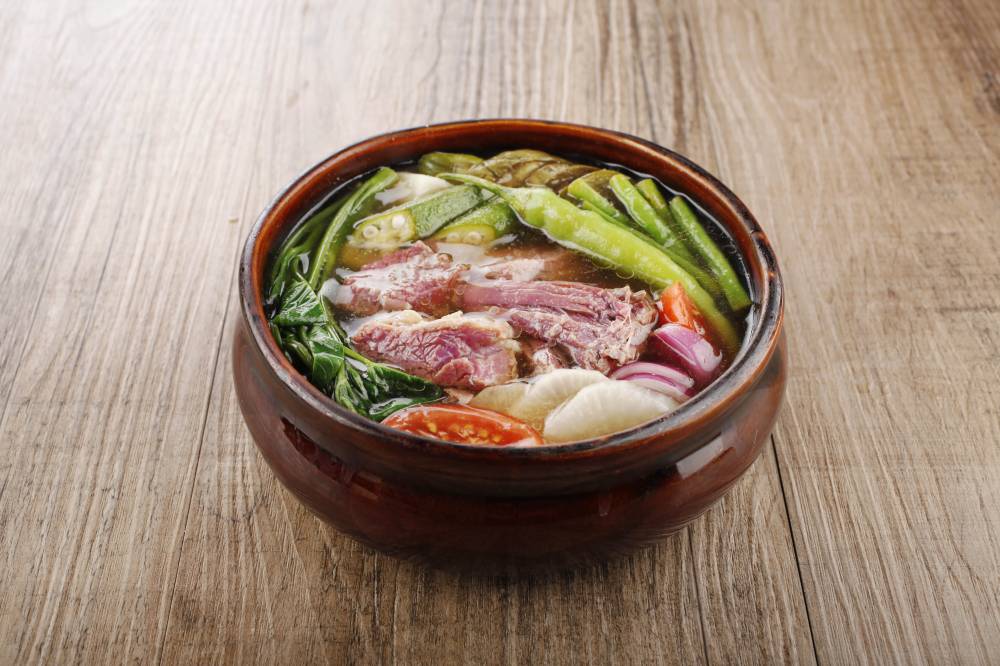
The sinigang arrived with an equally scrumptious supporting cast of longtime house favorites: the Rated GG (galunggong fillets fried in garlic oil), Fresh Smoked Fish Spring Rolls, Macau Chorizo Cheese Tidbits, and Tomato Kesong Puti Salad.
For dessert, we had the Coffee Pie cheesecake and the Fried Suman and Mangoes drizzled with coconut jam. Our favorite, however, was the Buko Chia Salad, whose mix of pandan-infused gelatin strips and chia seeds made for a playful bite and mouthfeel.
There are items that are no longer on the menu (like the Crispy Drunken Shrimps) and new ones that took their place (Bangus with Calamansi Butter, Crispy Kangkong Rice, among others). But just the same, they’re bound by a common thread: Pacheco’s appetite for doing something familiar in ways that aren’t.
“I don’t like to ride on trends. I think of dishes that aren’t in other restaurants,” she said. “I stay true to my concept. Or better yet, I try to create my own category.”














